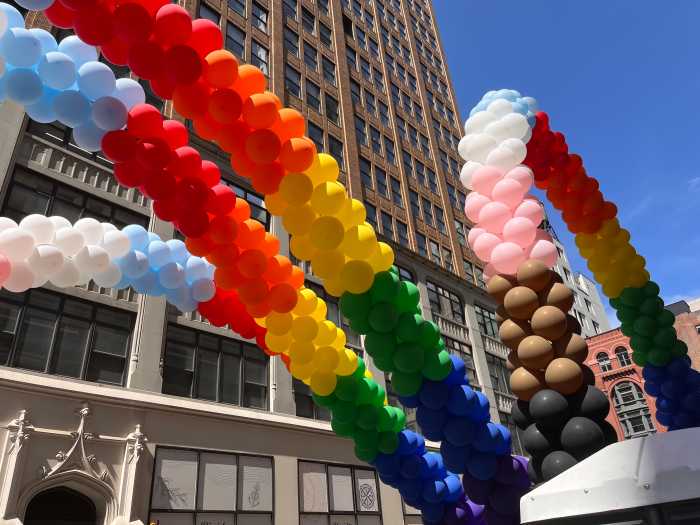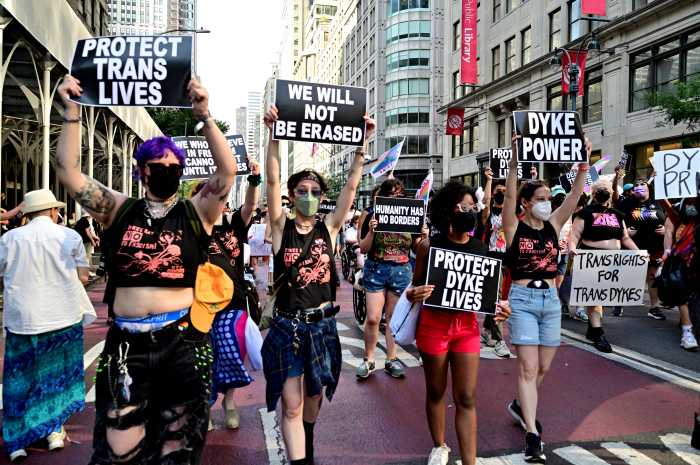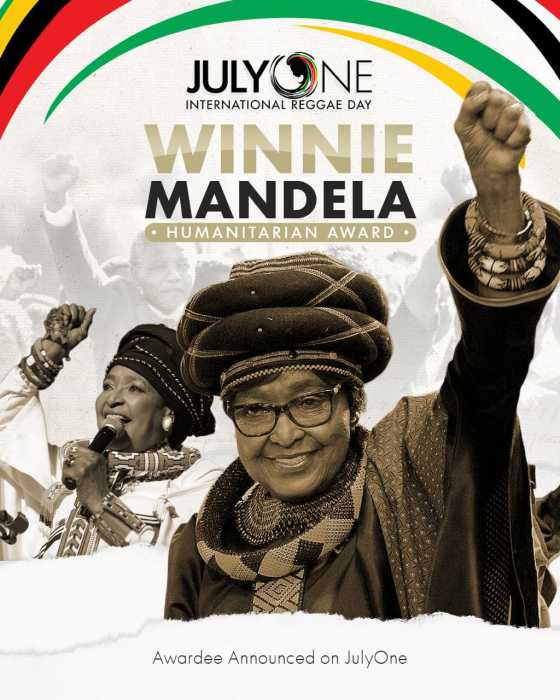Frankie J. Alvarez, Jonathan Groff, and Murray Bartlett from “Looking.” | HBO
When I first moved to New York, I would watch HBO’s “Girls” with my friend Kerry, laughing as she squirmed at the seemingly endless string of bad decisions Hannah made. For like Lena Dunham’s character, Kerry was also a writer — and Hannah often hit a little too close to home. And while I love “Girls,” I never had that personal connection with it — especially not to the gay character Elijah, even if he is played expertly by Andrew Rannells.
Nor do I really relate to any gay character on television. I was too old for Kurt Hummel (“Glee”) and Shane Harvey (“Faking It”), too young for Jack (“Will & Grace”), and, while I would love to say I am confident enough to relate to Connor or even Oliver from ABC’s “How to Get Away With Murder,” I’m just not.
Enter “Looking” — another HBO project that follows a group of gay men living in San Francisco. The show had such promise, marketed as a 21st century spin on Armistead Maupin’s “Tales of the City” delights, and at the center of this project was Jonathan Groff, who played main character Patrick. After two episodes of watching the misadventures of Patty and friends, I quickly realized that, for better or worse, I related to this train wreck of a character, and thus the show as a whole.
Don’t get me wrong — there was lots awry with “Looking,” especially the first season. Patty’s awkwardness and naiveté were hard to watch (and at times, harder to believe), the asshole known as Augustín was infuriating at times (like, “why were they even friends with him?” infuriating), and Dom’s slow-crawling career indecisiveness (really, what is peri peri chicken?) wasn’t so much problematic as much as boring. The best character by far was Richie, played nicely by Raúl Castillo, the only one whose life wasn’t plagued with self-inflicted drama. His one flaw was seeing whatever he saw in Patrick (though it did give hope to an awkward gay such as myself).
Please note: I am choosing to ignore Russell Tovey’s character, whom I have never liked. Kevin didn’t really do anything for me, except maybe his nice ass and those handle bar ears.
Season one left audiences disappointed, but season two started with the promise of a faster story line and more sex. While those things didn’t necessarily happen, the show seemed to start figuring itself out. Augustín, easily the most despicable character in season one, did a complete turn around, sobering up in search of a more meaningful life. Dom’s life may not have improved to the degree that Augustín’s did, but his development was notable and set up to easily be continued in future seasons. (Plus, for whatever reason, chicken window sounds way better than peri peri chicken.)
Better still, Doris — formerly known as Dom’s one-dimensional fag hag — became an actual character and took center stage when her father died in one of the show’s strongest episodes. New character Eddie, played by “Mean Girls” actor Daniel Franzese, made for a great addition, providing honest representation for the HIV-positive community and a strong role model character who worked with trans youth.
Of course it all went back to Patrick, who continued to make bad decisions, abandoning a stable relationship with Richie for a rocky trust with Kevin that need not have spanned an entire season. But for all of his mistakes, Patty was just figuring out his life, and that honesty, however painful to watch, is what I related to. We all have our faults — characters have the disadvantage that their blunders are often exaggerated for the benefit of viewers. And by the end of season two, when Patty walks into Richie’s barber shop, it is clear that he has crossed a threshold, even if it remains abstract.
Sad truth be told, by the time Patrick and “Looking” found their footing, most people, including the gay community, had written it off. It is hard fault HBO for cutting a show when its own community has thrown in the towel. And while I eagerly await to see what HBO does to wrap up “Looking” in a promised two-hour movie, I am more concerned with what show will take its place, if any.
The question remains: If not “Looking,” then what? Is it really that hard for a show to have a cast of queer characters not stuck in supporting roles? And what about diversity and minority representation?
Netflix, as usual, is a head of the curve with diverse characters like “Orange is the New Black”’s Sophia Burset (played by trans woman Laverne Cox) and Titus Andromedon on “Unbreakable Kimmy Schmidt” (brought to life by the animated Tituss Burgess). ABC has the chance to put spotlight on a strong HIV-positive storyline next season with Oliver in “How To Get Away With Murder” (which now features TV’s only HIV-positive character).
But all of these roles (and others on lesser shows) are still just supporting characters. Let’s hope television networks will keep trying — and avoid repeats of some embarrassing attempts (NBC’s “The New Normal”). For now, I’m hoping for something that sticks and I’ll start looking for something new.


































